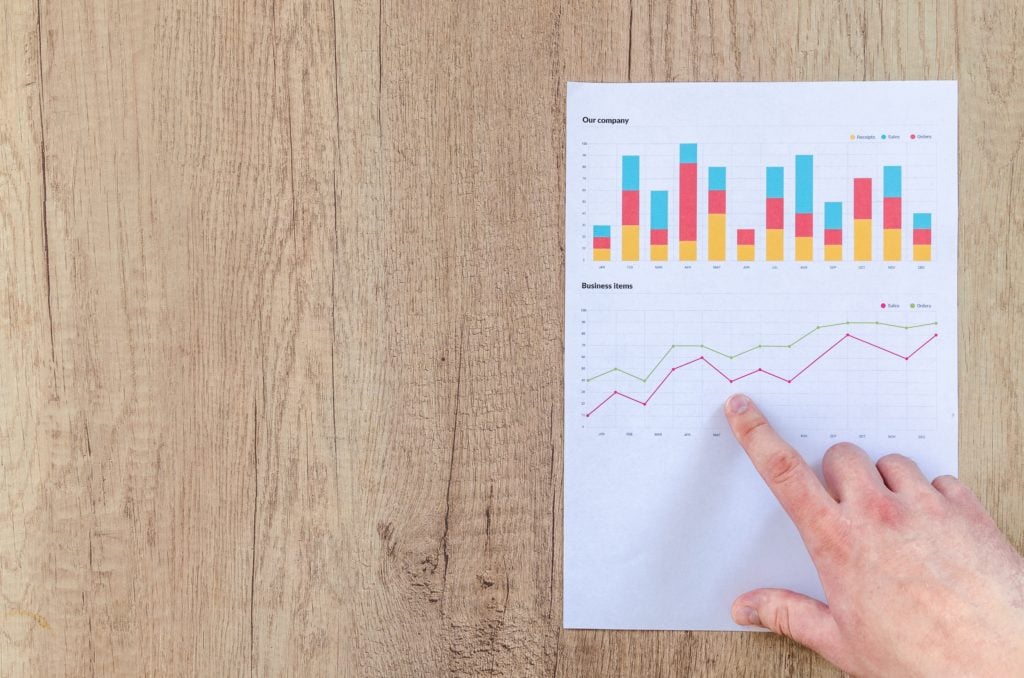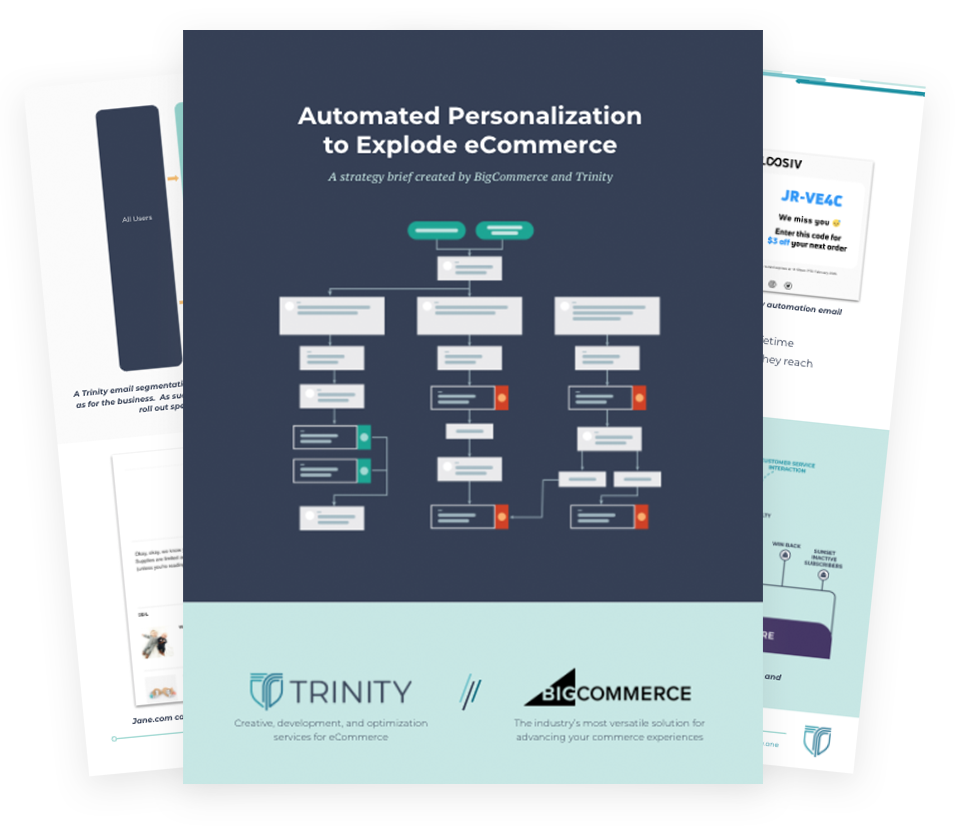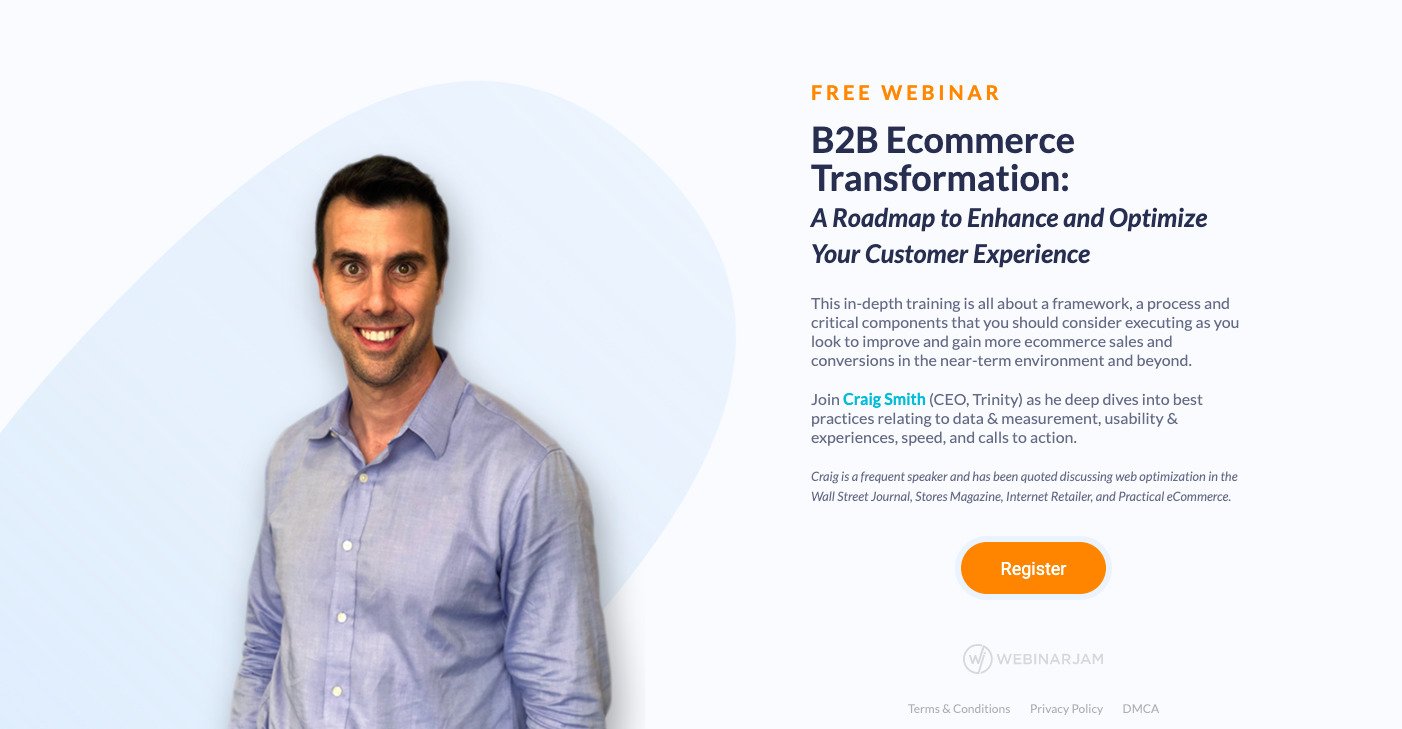In today’s multi-click and multi-device journey for which consumers experience, the need to personalize marketing messaging is paramount to delivering increased loyalty.
The holy grail for most multi-channel marketers is that of customer centric reporting, otherwise known as a 360° view. This elusive goal for most brands has always been a deep challenge due to disparate systems and databases that frankly don’t play well with each other.
The solution to overcome these challenges is that of a customer data platform, a central hub that connects all customer facing systems together for maximum effectiveness. Now marketers can create audiences and set up personalization based triggers to communicate and affect the customer journey in mobile centric environments.
The power of these types of data hubs is extremely evident but conceptually is better outlined in real life use cases. We have documented 10 real-life use cases of retail data hubs and provide examples of how to improve customer experiences.
1) Previous Offline Purchase to Digital Interaction
Imagine that you just went to a sporting goods retailer, lets say Dick’s as an example, and bought your son football cleats for the new season in August. At the POS system at Dick’s you provide your email address when requested or use your loyalty card. Getting that unique identifier is paramount to executing the following re-engagement strategies as you trigger multi-touch and multi-device interactions.
In this use case, the shopper who bought the cleats would then a week later receive a promoted post highlighting the ultimate guide to youth football safety in an attempt to build brand affinity. Based upon the actions of the shopper with the post, the data hub could then trigger an email highlighting all promotions relating to youth football prior to the start of the season.
As the user clicks that email, the homepage experience and subsequent global offers would be tailored to spotlight football products. Lastly, the shopper would receive a end of season themed instore redemption direct mail piece if Dicks has the customer’s physical address in their data set or invests in third party data appending to fill in gaps.
2) On-site Product Views
Brands utilize the “abandoned cart” email as an effective lever to re-engage. Forward thinking retailers however are going beyond carts and directly to product views as a strategy to gain awareness during purchase research and consideration phases.
For example, if shoppers hit a certain threshold on product views, re-engagement emails can be triggered when the price drops, available inventory reductions, or a global promotion (such as free shipping) can be bundled with the product data to spur a purchase. This data will obviously drive standard personalization within the ecommerce experience that is driven from algorithmic presentation of products “you may like”.
Lastly, in high ticket markets (ex: diamond rings) if shoppers who are already identified in the data hub take actions that show the propensity to buy, triggered actions can be leveraged within CRM systems to assign direct communications from a sales or service representative so that the customer can have their hand held throughout the purchase process with “white glove” service.
3) Offline Purchase Frequency Triggers
The 80/20 rule holds true in eCommerce as it does in physical retail. In situations for which top customers have not shown their typical propensity to buy or interact with the brand, custom audiences should be constructed to personalize member only offers to your best customers.
Consider this real life example of audience re-engagement that happened with my wife and her favorite retailer (and my nemesis) Pottery Barn.
We have a Pottery Barn credit card and buy frequently with them throughout the year across all of their properties including Pottery Barn Kids. My wife, likely because she went 4-6 months without making a purchase on the private label credit card, received a tailored win-back email to receive a special 20% off any item coupon that was redeemable online or offline.
Upon receiving the coupon, many products were considered and viewed, which led to further re-engagement emails on the products viewed as mentioned in tactic #2. Ultimately this re-engagement led my wife to buy a new chair for our home and Pottery Barn’s audience re-engagement strategy worked exactly as designed.
4) Clearance Behavior
Some shoppers live for a bargain and to always strive to save. If you know your shopper has always responded to clearance merchandise and the savings that corresponds, it is paramount to establish a personalization strategy that targets their desires.
The first step is to use the data hub and an associated connection to a customer/purchase data set to isolate the audience who shows this tendency. The rule will be different for every business, but by pulling this audience who acts on clearance opportunities, your marketing team can now attack this segment.
Start with clearance emails sent weekly to this audience set as well as a clearance homepage that triggers on site visits. This audience will also receive product promotions of discounts dynamically within Facebook and utilize pixel based re-marketing to deliver smart re-engagement across the leading display networks.
5) “Complete the Look” Targeting
Any apparel brand with a physical store presence has a tremendous opportunity to personalize digital interactions to complement physical store purchases. For example, if a millennial woman goes to a retailer and buys a petite black dress in-store, follow up touchpoint interactions in digital channels can be focused on providing complimentary products to make that dress even better.
By showing the dress bought from the offline channel and a variety of shoes, accessories, and jewelry to “complete the look” within homepage presentations as well as emails, the shopper is re-engaged to the possibilities and hopefully makes that incremental purchase.
To make this strategy work, again the shopper must have a unique identifier (ex: email address) captured in store and if the email exists in the core data set, the scenario trigger events can execute.
6) Offline Offer Activation
Depending on where your customer or potential customer is within the brand journey, messages and promotions should be tailored. In our latest data hub implementation with a large energy enterprise, it was desired that dynamic segments be constructed with the interactions of potential customers, and the ongoing marketing actions would be custom based on this data.
For example, the energy company has some potential customers who are new to the brand, some who have spoken to a sales representative in the past, some who have had in-home consultations, some who filled out online surveys,etc.
The key for our energy client was to integrate the data hub not only with market technologies but more importantly the back-end business systems that served as the backbone of their sales operations.
By integrating these systems via API’s to a central data hub, now their sales and marketing activities were in complete synchronization. All communications within direct mail, Facebook, Google, and email were triggered from where the customer was in the relationship with the brand and what was the best next step for that customer in an effort to maximize their potential profitability to the business.
7) Mobile Incentives
Its proven that multi-device customers, that is, customers who buy online via phones and desktop, provide a greater level of profit. With this fact existing, why do more retailers not take proactive measure to drive more “first time mobile purchases” or encourage incentives for shoppers to download and activate an app?
In this example, a retailer would segment their customer data to all shoppers who have never bought on a mobile device. This audience would be sent a cadence of communications, likely through Facebook and email to incentivize the shopper to buy on a device or download the app for a unique promotion. This incentive can also be replicated in-store if communicated effectively.
For example, leading Mexican food chain Moe’s provides free nachos for customers with the purchase of any regular or large drink just for signing up for their app. Along with this, customers receive a free burrito on their birthday every year.
8) Private Label Activation
Similar to how mobile users are shown to provide more enterprise value to a brand, the same holds true with shoppers who have private label credit cards. The propensity to buy more with the card makes it a critical ingredient of the “inter-connected” holy grail of retail.
Incessant marketing of the card will not drive adoption above previous averages. The key will be to segment datasets to include the best targets for the card (based on purchase history) and then establish a 3-4 step synchronized marketing campaign across both the physical world (direct mail offers) and digital (email offers and on-site promotion).
It is critical that once the shopper takes action and becomes a card holder, the record is then updated within the data hub and the activation campaign for on-boarding a new card holder commences.
9) Customer Silo Targeting
If your shoppers show behavior that allows your business to logically bucket them in a key business segment, it is critical that this behavior is captured and acted upon through time based marketing.
Take into account the strategy executed by Lenovo. Lenovo knows that one of their highest value segments is the “gamer” population who purchases high value PC’s and spends a significant amount of time in interacting and potentially upgrading the product over time. This type of customer was crucial for Lenovo to maximize and they structured their personalization efforts around it.
In the “research phase” gamers could be identified by the actions they take on the website (specific product views) and the intelligence that is derived in the search terms for how they found the site. Continued synchronized marketing is triggered by Lenovo to educate and capture that customer to make an informed and educated purchase for their gaming PC.
However, after purchase in this segment is when the magic happens. The now customer will receive personalized communications for the next 1-2 years with the new system offers taking shape at the 24 month mark.
Lenovo understands that their purchase frequency within this segment is typically within this range and at this point they want to position within online content, ecommerce offers, and direct mail supporting promotions to ensure that the customer re-engages for their next purchase.
10) “So Close” Communications Within Loyalty Programs
Progressive retailers know that their best customers love rewards and almost always take redemption actions when presented with them. If your company rewards customers within a loyalty program at different levels, its paramount to integrate this data with a central data hub so personalized communications can be triggered for action.
For example, view the example from Nordstrom. In this example the customer is only 200 points away from reaching the next level and the customer is informed of the level needed to unlock the next reward and the specifics behind the reward. If further segmentation to make the reward is even more relevant based on purchase history – the reward relevancy will be higher and likely even more utilized.
In conclusion, it is our thesis that the adoption of central data hubs to trigger personalized and synchronized multi-touch marketing will be the key aspect for how brands differentiate against the competition and improve the customer experience.
Start with the question of if you could improve how you market and service your customers – how would you do it? Let your imagination run wild. The key to unlock this transformation likely lies in unifying and acting upon your customer data.
To learn more about how a data hub solution can be integrated into your business, please contact us to schedule a time for a detailed strategy review session.





